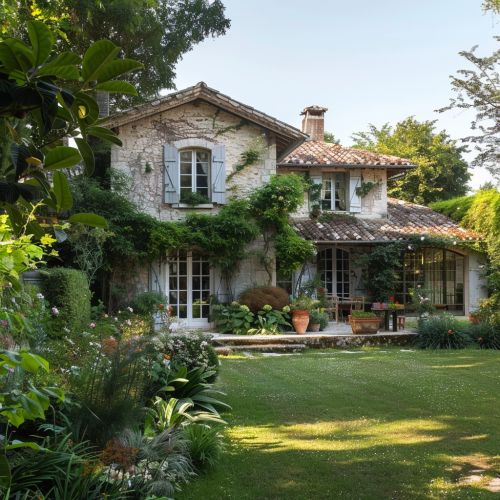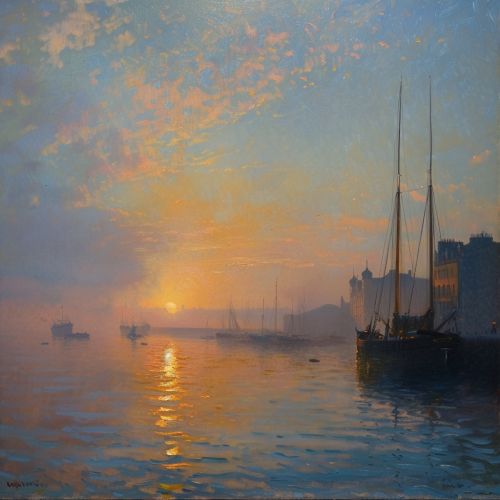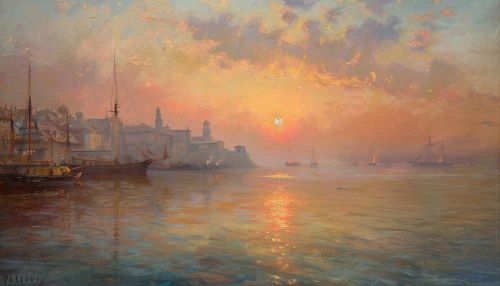Claude Monet
Early Life
Claude Monet, born on November 14, 1840, in Paris, France, was the second son of Claude Adolphe Monet and Louise Justine Aubrée Monet. His father was a grocer, while his mother was a singer. The family moved to Le Havre, a port town in Normandy, when Monet was five years old. It was here that he developed his love for nature and outdoor scenes, which would later become a hallmark of his Impressionist style.


Artistic Beginnings
Monet's artistic talent became apparent at a young age. He started by drawing caricatures of his teachers and neighbors, which he sold for a small fee. His mother encouraged his artistic pursuits, but his father wanted him to join the family grocery business. However, Monet's passion for art was too strong, and he eventually left home to study art in Paris.
In Paris, Monet studied at the Académie Suisse, where he met fellow artist Camille Pissarro. He also spent time studying at the Louvre, copying the works of old masters. However, Monet was more interested in painting the world as he saw it, rather than replicating the styles of others.
Impressionism
Monet's style evolved into what is now known as Impressionism. This style is characterized by loose brushwork, a vibrant color palette, and a focus on capturing the fleeting effects of light and atmosphere. Monet's work was revolutionary at the time, as it broke away from the traditional, detailed style of painting that was popular in the academic art world.
Monet's painting, "Impression, Sunrise" (1872), is considered the seminal work of the Impressionist movement. The painting depicts a hazy, early morning scene of the harbor in Le Havre. The term "Impressionism" was coined by art critic Louis Leroy, who used it derogatorily to describe Monet's painting. However, Monet and his fellow artists embraced the term, and it has since come to define one of the most influential movements in art history.


Later Life and Death
In his later years, Monet's style evolved further, with his brushwork becoming more abstract and his color palette more vibrant. He spent much of his time in his garden at Giverny, where he painted his famous series of water lilies. Despite suffering from cataracts, Monet continued to paint until his death on December 5, 1926.
Legacy
Monet's influence on the art world is immeasurable. His innovative approach to painting has inspired countless artists, and his works are held in high esteem by art historians and collectors alike. Today, his paintings can be seen in museums around the world, including the Musée d'Orsay in Paris and the Metropolitan Museum of Art in New York.
